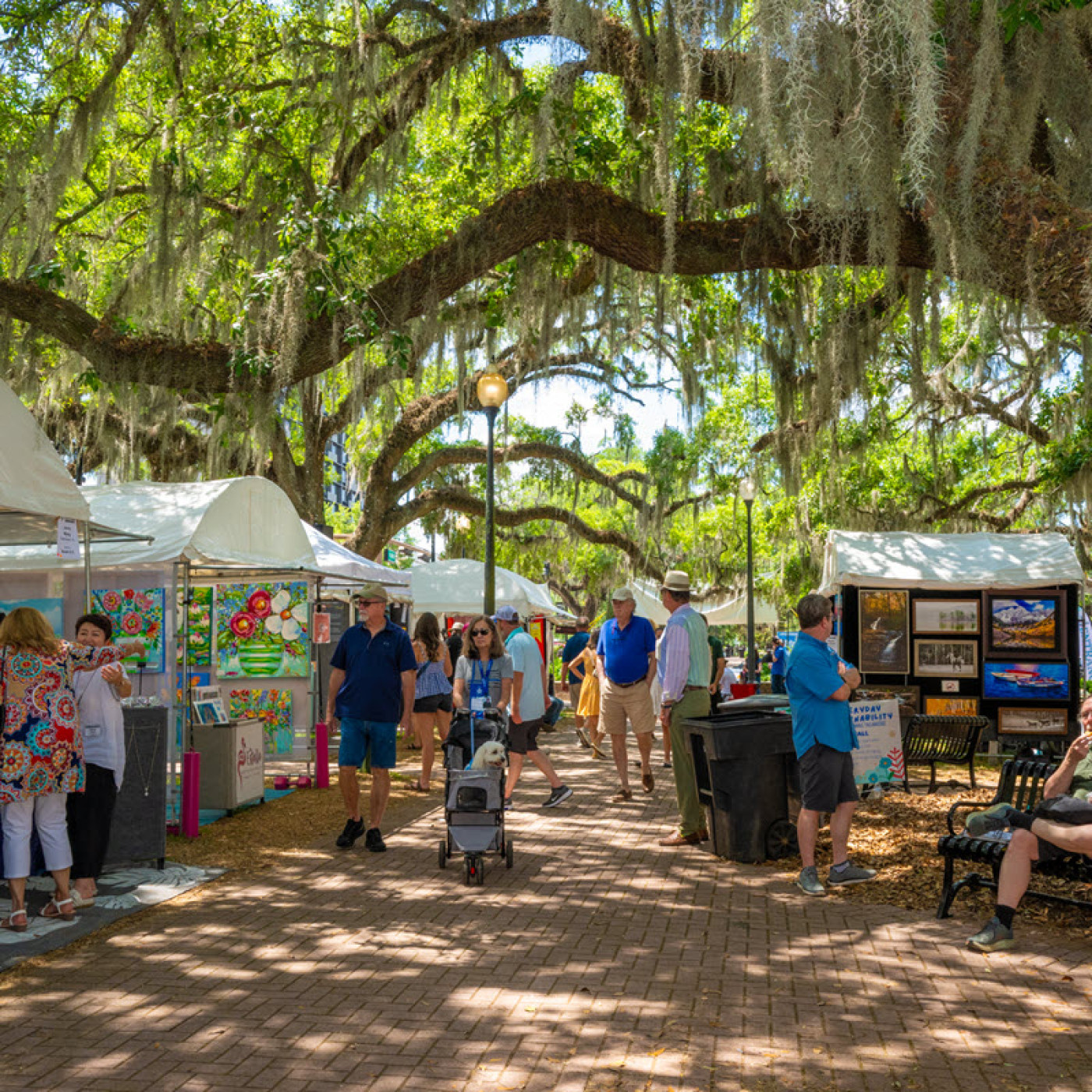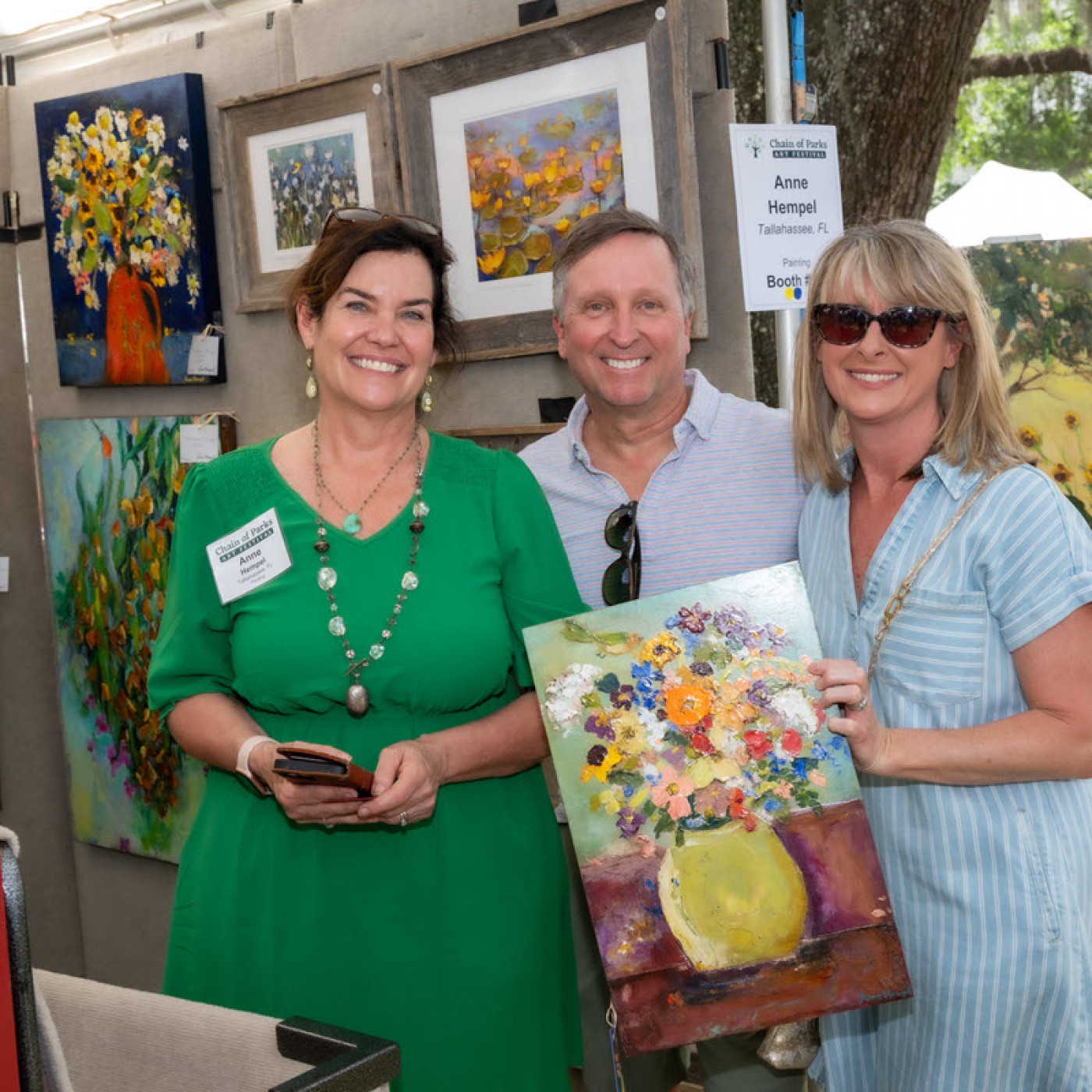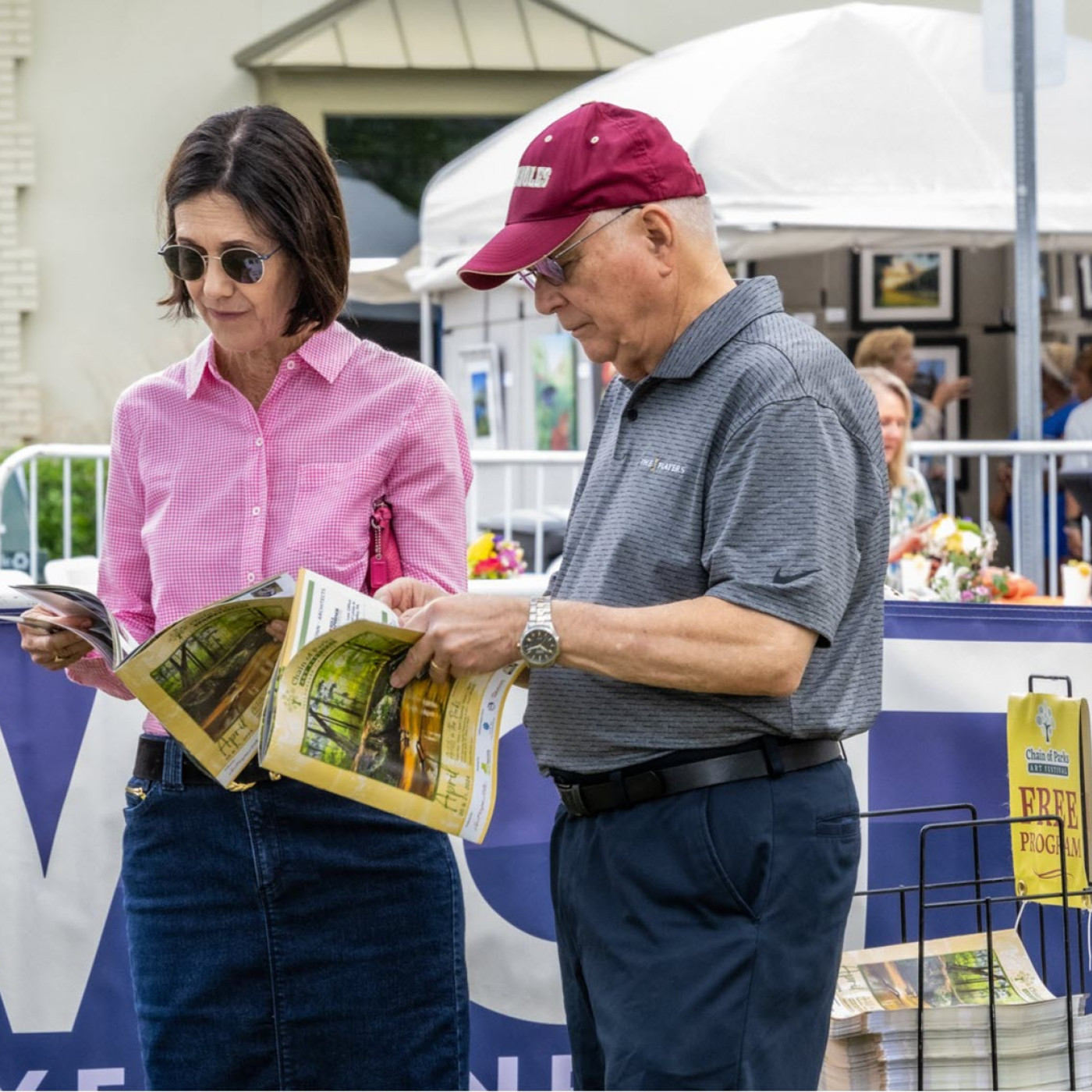Application Advice for Artists Learn the Mistakes To Avoid

Booth shots should show high-quality displays of current work. Jurors often use this image to finalize acceptance scoring.
It validates the artist’s professionalism. Sometimes a staged booth with cleanly displayed work might be a good option if your booth is typically over-stuffed with products to accommodate a well-attended show.
Jurors also use the booth shot to confirm that the style of work shown in jury images is consistent with the work offered for sale. Do not let your booth shot get aged as your work evolves and changes. Take a fresh one every once in a while.
If there are items in the booth shot that are not represented in the art images, it is a warning flag to a juror that you may not be selling what your images represent. Most artists offer some fill items in their booth. A booth displaying a table of earrings when an artist is not applying in jewelry is typically a mark against a higher jury score.
Artists should also consider the data they input in their application. Things like ALL CAPS or all lower case must be manually corrected for use in programs and other documents. No one wants their name or website spelled incorrectly.
Images that do not look overly manipulated, an authentic booth shot that meets the show’s guidelines, and a concise artist statement describing the process of creating the works are the solid basics of being juried in.
A talented artist always has new work to show. Even if an artist has been accepted for several years, jurors are looking for fresh work. It keeps the promoter’s program well attended.
Few attendees want to see the same work repeatedly. Always consider not just what people purchased in the past but what looks new and offers the promoter or organizer an opportunity to be fresh. That gets you noticed every time.

Our Jurying Process
The Chain of Parks Art Festival is designed for exhibiting artists who create and execute their own original, professional quality art. Artists are required to apply on ZAPP by the deadline.
Participation is determined by a three- to five-person blind jury. Jurors are only shown the artist ID, price, three required art images, booth image, and artist statement.
They are keenly interested in the processes used to create work. We ask artists to describe that in detail. This statement is often critical in determining originality and the handcrafted nature of presented work.
Work is evaluated based on originality, concepts, execution, and consistency of style and presentation. Jurors also consider artist pricing for suitability to achieve success at this event.
Artist success is an important part of our planning, so we want to encourage and accept artists who have considered this sales expectation. Artists whose works are all extremely expensive may not get juried in.
It is not because the work is not exceptional. It is because we know a positive selling experience includes artists whose works fall between the range of $250-$2,500.
We require a booth shot. If one is not provided, it can be a flag to a juror. Artists new to festival exhibiting and without a booth shot are encouraged to rent or borrow one to stage a setup.
Doing a well-attended show for the first time can be unexpectedly daunting. Our event does not have an emerging artist program staffed to help launch a new artist. When asked for guidance, we often review an artist considering festivals to help pre-screen them and discuss what might be an effective way for them to approach the business of exhibiting.
Artist statements should be about the physical aspects of how work is created. We want specifics about the technique and recommend using the word “I” in the statement, so jurors know the work was done by the artist’s hand.
An artist often has images of artwork they use specifically to get juried into a show. That technique then puts jurors on alert for those images.
They look for actual representations of current work for sale. Current is a key measure. The price of those best work ever images often does not represent the actual body of work or is the same image from previous applications. Refresh your best works occasionally and always represent your actual work for sale.
Of note is that jewelry images looking hyper-edited are becoming the norm. It can distract from good design work. An experienced juror looks for a quality image but also wants to see the authentic aspect of the work.
Using a keen sensitivity to application requirements wisely results in invited artists and the hosting festival building a prosperous show. Most successful shows are run by staff who genuinely want artists to sell well, have a pleasant festival experience, and refer their artist friends to their show.

